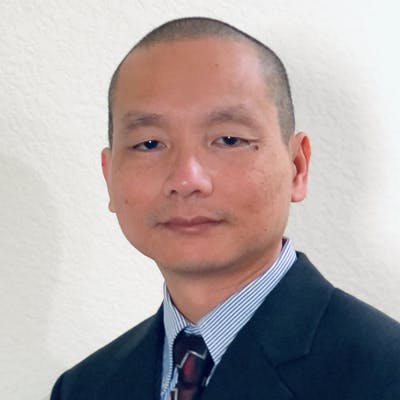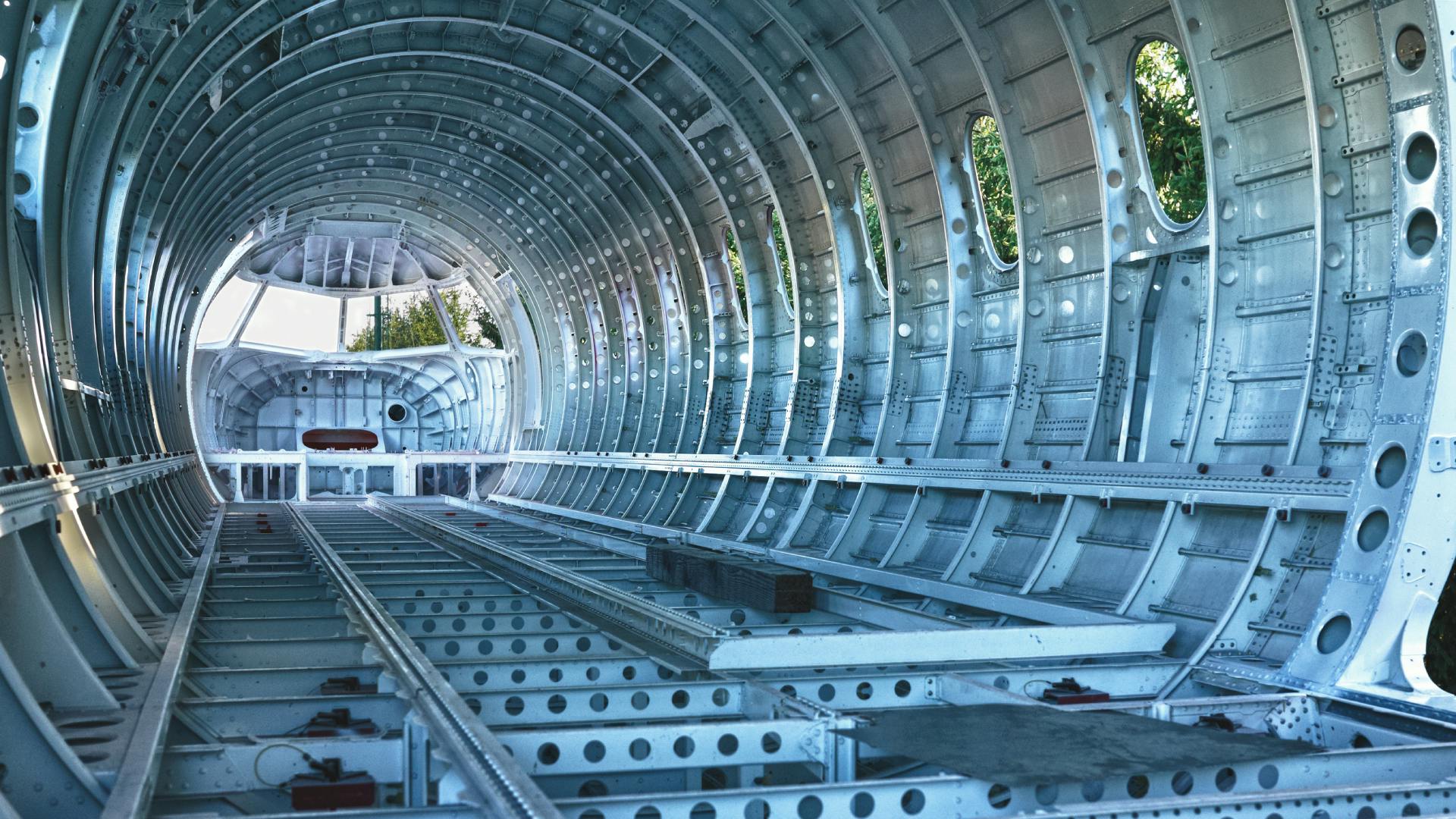It’s time to stop throwing away money with outdated processes. This webinar will present you with proven strategies to reduce aircraft certification time and cost overruns with integrated structural design and analysis.
Airworthiness is the most important certification for aerospace companies, where structural assessment is the most critical contributing factor. Since up to 60% of aircraft non-recurring costs can be spent on structural development and achieving airworthiness certification, any process optimization can tremendously impact your program budget.
Aircraft structural design approach
Traditional structural analysis is disconnected from structural design. This results in prolonged development cycles and program cost overruns.
Join this webinar to see how an integrated aircraft structural design and simulation process enables you to accelerate airworthiness certification by:
- Generating flight, ground and aeroelastic loads in a single environment.
- Synthesizing and managing critical load cases for global and detailed FE models directly coupled to the CAD model.
- Computing margin of safety calculations with traceable certification reports.
Simcenter for aircraft structural performance engineering
Aerostructures simulation can help you streamline the structural sizing and assessment process from end to end. Learn about Simcenter for aircraft structural performance engineering. See how this solution can help you meet shorter timelines and reduce structural analysis costs with the ability to perform end-to-end aerostructure assessment in a fully integrated environment.
Aerostructure design use case with General Atomics Aeronautical Systems
See how General Atomics accelerates aircraft design through tool integration and automation. Phu Nguyen presents an aerostructure design use case to show you how to:
- Automate the creation of parametric CAD geometry with a consistent style guide.
- Automate CAE geometry that updates with CAD changes.
- Automate CAE model creation with pilot programs demonstrated using an integrated toolchain for aeroelasticity, CFD and FEA.
- Connect all models in an integrated design environment suitable for multidisciplinary design optimization.
General Atomics reduced detailed structural design time by 25 percent. What impact would that have on your program?
Meet the speakers

Ganesh Sethuraman
Simcenter Mechanical Business Development Manager, Aerospace and Defense
Ganesh is a business development manager for Simcenter 3D solutions in the aerospace industry. He has previously held various technical sales and marketing roles at Siemens in North America and Asia/Pacific. Ganesh has more than 20 years of supporting aerospace and automotive customers.

Phu Nguyen
Senior Engineer, Aircraft Conceptual Design and Development
Phu has contributed to several aircraft platforms in various roles, including flight testing, aircraft structural integrity and airframe design. He works closely with other engineering disciplines to integrate tools, connect simulation models and data used in various aircraft design phases, with the goal of performing higher fidelity physics-based analyses earlier.
